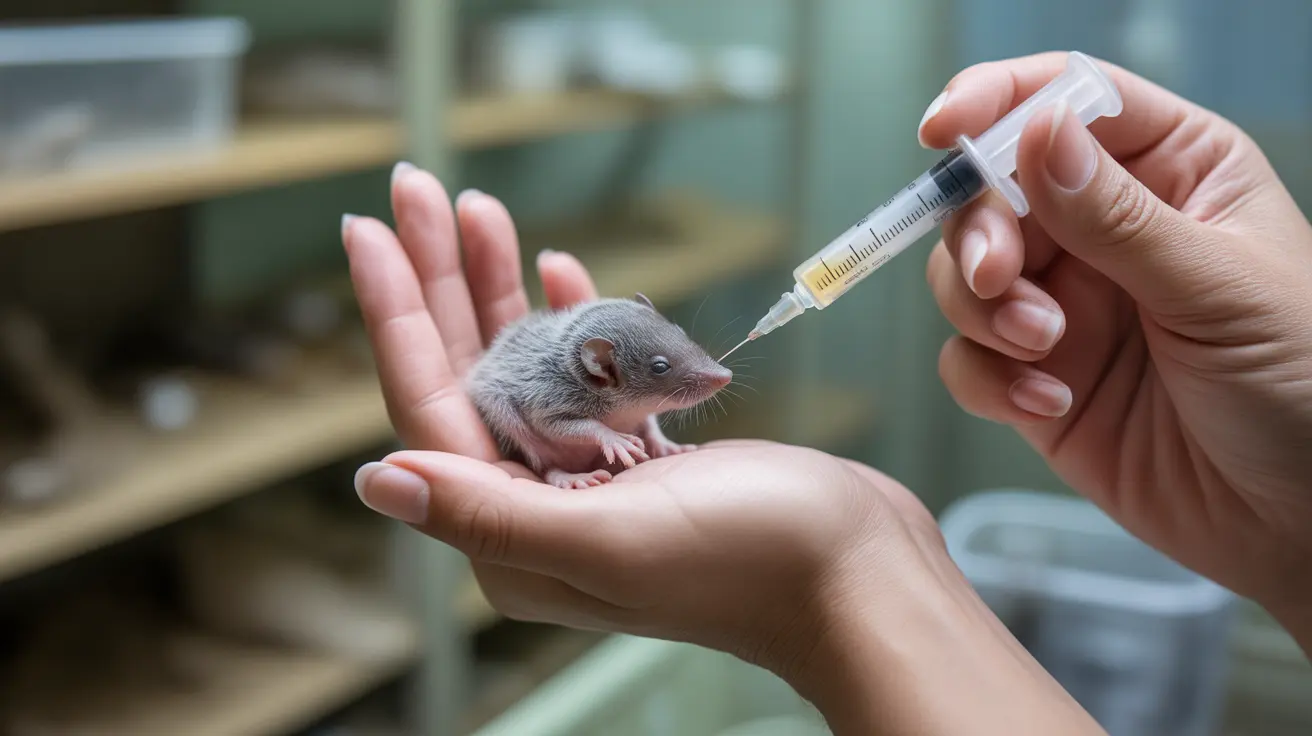What to Do If Your Dog Eats Chocolate: Act Fast
If your dog eats chocolate, time is of the essence. Chocolate contains theobromine and caffeine, two stimulants that are toxic to dogs. Unlike humans, dogs metabolize these substances very slowly, increasing the risk of severe toxicity. Whether it's a few pieces of milk chocolate or even a small amount of dark chocolate, you must act quickly to safeguard your pet's health.
Why Is Chocolate Dangerous for Dogs?
The toxic effects of chocolate come primarily from theobromine. While humans can easily process it, dogs cannot. This means that even small quantities can accumulate and lead to poisoning. The concentration of theobromine varies by chocolate type:
- Unsweetened baking chocolate and cocoa powder: Highest levels and most dangerous
- Dark and semisweet chocolate: Moderate to high risk
- Milk chocolate: Lower theobromine levels but still toxic in larger amounts
- White chocolate: Very low theobromine content, but high in fat and sugar
How Much Chocolate Is Dangerous?
The amount of chocolate that causes toxicity depends on your dog's size and the type of chocolate consumed. For example:
- Only 0.1 oz per pound of unsweetened baking chocolate may be lethal
- 1 oz per pound of milk chocolate can be deadly
This means a small dog is at much higher risk, even from a small bite.
Symptoms of Chocolate Poisoning
Clinical signs usually appear within 2 to 24 hours after ingestion. These symptoms can last several days. Warning signs to watch for include:
- Vomiting and diarrhea
- Increased thirst and urination
- Restlessness and panting
- Elevated or irregular heart rate
- Muscle tremors and seizures
- Weakness, collapse, or even coma in severe cases
Steps to Take Immediately
- Identify the type and amount of chocolate your dog ate and their approximate weight.
- Contact your veterinarian or an animal poison control hotline like the ASPCA Animal Poison Control Center or Pet Poison Helpline.
- Do not induce vomiting unless explicitly directed by a professional.
- Save chocolate packaging to help veterinarians calculate potential theobromine exposure.
What to Expect from Veterinary Treatment
Depending on the severity and amount ingested, your vet may:
- Induce vomiting
- Administer activated charcoal to limit absorption
- Provide intravenous fluids for dehydration
- Control seizures or irregular heart rates with medications
- Admit the dog for hospitalization if symptoms persist or worsen
Early intervention generally leads to a better outcome.
Understanding Individual Risk Factors
Dogs with heart disease, small breed dogs, puppies, or elderly animals are at a higher risk for complications. Even non-lethal amounts of chocolate can cause serious gastrointestinal distress or pancreatitis due to its high fat and sugar content.
Prevention Tips
- Keep all chocolate and chocolate-containing products out of your dog’s reach
- Be cautious during holidays like Halloween, Christmas, or Easter
- Train dogs with commands like "leave it" to avoid food found on the floor
- Inform guests and children that chocolate is toxic to dogs
- Consider crate training or using baby gates when unsupervised
Safe Alternatives
Carob is a safe, non-toxic substitute for chocolate often used in dog treats. It mimics the chocolate flavor without dangerous stimulants.
Conclusion
Chocolate poisoning in dogs requires immediate action. The toxic effects of theobromine and caffeine can become serious quickly. Never wait for symptoms to appear before contacting a veterinarian. Knowing the type and amount of chocolate consumed and responding quickly vastly increases the likelihood of recovery. The safest course of action is to keep all chocolate out of reach and educate others about the dangers.





